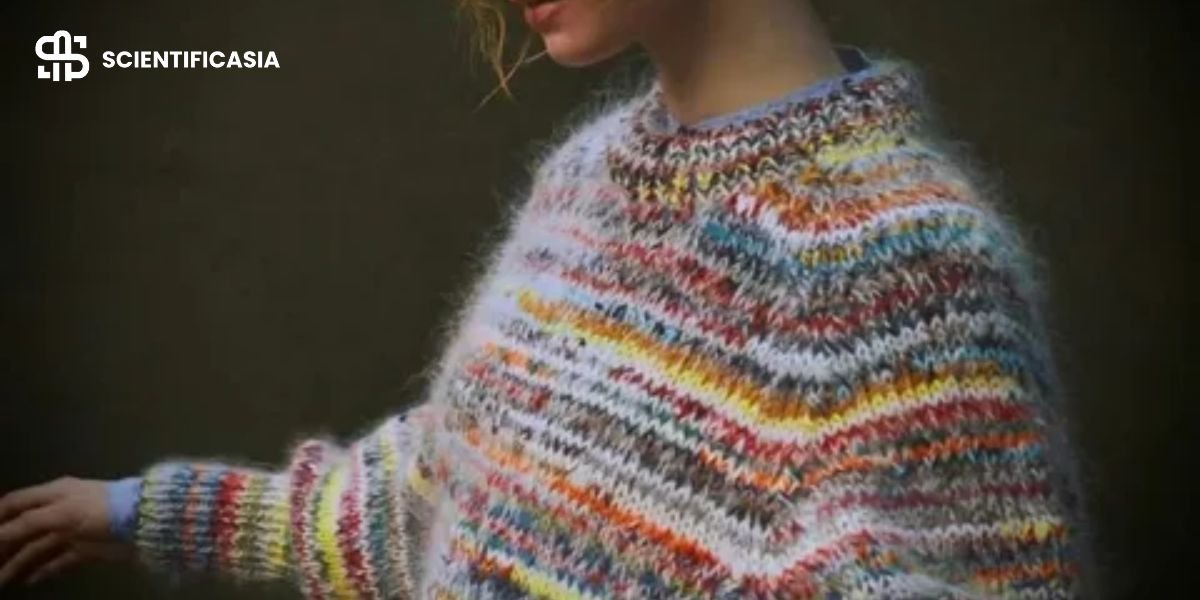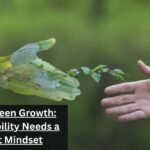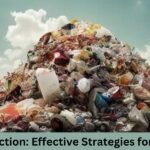In an era defined by climate change, biodiversity loss, and dwindling natural resources, industries of all kinds must take stock of their environmental footprint. The fashion and textile sector, often overshadowed by fuel or agriculture emissions, is increasingly recognized as a key player in the sustainability debate. Here, we explore how shifting practices in fibre production and textile manufacturing can make meaningful contributions to environmental goals — and why consumers, brands, and policymakers alike should care.
The Textile Industry’s Hidden Environmental Burden
Textile production is resource-intensive. Conventional cotton farming often consumes thousands of litres of water per kilogram of fibre, while synthetic fibres depend on petroleum feedstocks, intensive energy use, and chemical processing. Moreover, dyeing and finishing can lead to significant wastewater and chemical discharges. Together, these factors mean that what we wear has a direct impact on soil health, freshwater availability, carbon emissions, and waste generation.
What Does “Sustainable Textile” Really Mean?
When we talk about sustainable textiles, we refer to fabrics and production systems designed to minimise resource use (water, energy), avoid harmful chemicals, reduce waste (both pre- and post-consumer), and embrace circular economy principles.
Some key features include:
- Lower water usage and irrigation demands through organic or regenerative agriculture.
- Reduced chemical contamination with low-impact dyes and cleaner finishing processes.
- Durable, long-lasting products that avoid the rapid turnover of “fast fashion.”
- Materials sourced from renewable or recycled feedstocks, and production systems built around reuse, recycling, or biodegradability.
Why Textiles Matter for the Environment
Because textiles are so intimately linked with how we live — what we wear, how frequently we replace clothing, and how we dispose of it — they offer both challenge and opportunity. For instance:
- Water Conservation: Switching to more sustainable fibres or better production practices can alleviate regional water stress.
- Chemical & Soil Health: Agricultural chemicals, dyeing effluents, and finishing chemicals can degrade ecosystems and harm communities. Sustainable textile practices help reduce that burden.
- Waste & Circularity: By opting for durable clothes, recycling garments, or choosing fabrics designed for reuse, the burden on landfills and incineration drops.
- Carbon & Land Use: Some sustainable fibres have lower embodied carbon or can even sequester carbon via regenerative land use.
Bringing This Into Everyday Choices
For consumers and brands, bridging the gap between awareness and action is crucial. Here are some practical starting points:
- Check fibre type and sourcing: Natural fibres like wool, linen, and organic cotton each bring different benefits and considerations. For example, wool is renewable and biodegradable but still needs thoughtful grazing and land-use practices to truly be sustainable.
- Prioritise durability: Buying fewer items — but better quality — is a winning strategy. A well-made garment might cost more upfront but will likely last longer, reducing the overall environmental cost.
- Dive into the supply chain: Ask questions about how the fibres were produced, what dyes were used, how waste is managed, and whether circular-economy pathways are built in (repair, reuse, recycling).
- Choose certified fabrics: Labels such as GOTS (Global Organic Textile Standard) and OEKO-TEX® help provide transparency and accountability.
- Support innovation: The fashion sector is exploring alternatives such as hemp, recycled polyester, and milkweed fibre blends that aim to reduce dependence on resource-heavy conventional options.
Sustainable Textiles Meet Style: A Practical Example
Let’s say a brand decides to launch a new collection of knitwear. The decision to use merino wool sweaters made from responsibly managed sheep flocks is one part. Extending that concept to truly sustainable knitwear means selecting processing with low-impact dyes, fabric finishes that avoid toxic chemicals, and a business model that emphasises repairability, longevity, and end-of-life recycling. In doing so, the collection moves from being simply “fashionable” to genuinely sustainable knitwear in every sense of the term.
Why This Matters for the Planet
Every time we opt for textiles that respect natural systems, we help reduce the pressure on water, soil, forests, and biodiversity. By shifting from a linear “take-produce-discard” textile economy to one built on resource stewardship, manufacturing integrity, and product longevity, we align with broader environmental imperatives- whether in reducing greenhouse gases, preserving ecosystem function, or enabling equitable livelihoods for farmers and workers along the chain.
Closing Thoughts
The environmental challenges we face are vast, but the textile sector offers one of the more accessible entry points for change because it intersects everyday behaviour and global supply chains. Consumers have power; brands have responsibility. Whether it’s choosing a responsibly fabricated wool jumper or a recycled-fibre outer layer, the choices add up.
In the end, when style meets substance, we don’t just wear clothes — we wear our planet. And the fewer resources we demand, the lighter the footprint we leave.












